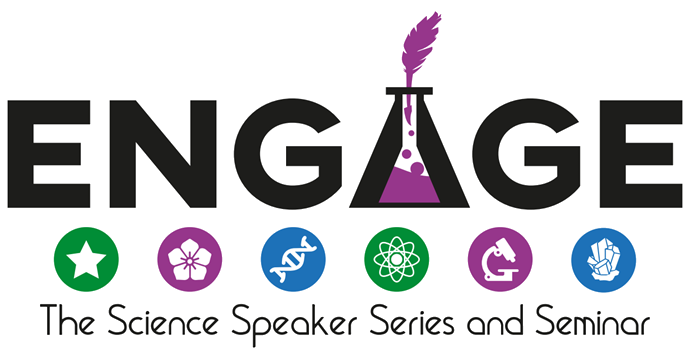The Unsung Heroes of the Brain
Image credit: Camillo Golgi, 1903
Imagine that you had the ability to sweat liquid gold, but no one had any idea, and you were never given the chance to show off your talent. Now, you can put yourself in the position of glia, a type of brain cell that for decades was overshadowed by its flashier counterpart: the neuron. Neurons are the complex cells of the brain that talk to each other at special structures called synapses, sending electrical and chemical signals that allow you to see and process, for example, the words in front of you. You may think that neurons are solely responsible for our ability to respond to the world around us, but, without glia, neurons would be like cell phones without batteries- completely useless.
Glia were first observed in the 1850s, but were thought to merely act as structural filler or “glue” between neurons, which is where their name comes from. One particularly striking type of glia are astrocytes, so named for their star-like branched shapes, depicted in the image above. At the turn of the 20th century, the legendary neuroscientist Santiago Ramon y Cajal, known today for his groundbreaking contributions to the study of neurons, became captivated by astrocytes. He developed the first method of staining them, or using chemicals to highlight them for viewing under a microscope, and sketched their complex structures. Ramon y Cajal postulated that they were more than just glue, that they could somehow contribute to the functioning of neurons, but it would be 80 years before this claim was validated.
Later research mostly focused on the passive support that astrocytes provide to neurons, like the foundations of a building. They act as guideposts for neurons making their way to their final destinations in the developing brain. And, they keep neurons fat and happy throughout life by making sure they have enough nutrients.
But, in the 1990s, neuroscientist Ben Barres encountered a puzzling situation. If you took neurons from a brain and grew them in a dish with all of the nutrients believed to be needed for success, they still couldn’t form functioning synapses with each other1. Synapses have many components that together allow neurons to send strong signals to each other. However, these neurons were missing important ingredients, and thus formed few synapses that sent very weak signals. It quickly became clear that the missing ingredient was not a simple nutrient, but astrocytes. If you added astrocytes back into the mix then neurons could form working synapses with all the necessary components. But what were astrocytes doing to initiate this change?
Operating under the hypothesis that astrocytes released some chemical X into the environment that was necessary for synapse formation, Barres and his team performed an experiment that deserves praise for its logical simplicity alone. They grew astrocytes alone in their own dish for a few days, to give them time to secrete chemical X. Then, they took the liquid “gold” the astrocytes were sitting in and put it on neurons. And, voila! These neurons, without being in physical contact with a single astrocyte, could suddenly form working synapses2. This paper, and those that followed from Barres and his students, figured out what some of the secreted magic molecules were, and how they worked together to build synapses.
Thus, 80 years after the fact, Ramon y Cajal was finally proven right. More than just glue, glia are fundamental ingredients for a working brain, and we’d be lost without in them. Ben Barres’s research was critical for rightfully allowing glia to take center stage, and established him as a glia biology rock star. Perhaps most importantly, this work has inspired many other scientists, including me, to try and better understand the active role that glia play in building our brains. In the past 20 years, scientists have made so many amazing discoveries about glia, including their role in brain diseases like schizophrenia and Alzheimer’s, but this never would have happened if we hadn’t given the underdog a chance.
1. Pfrieger, F. W. & Barres, B. A. Synaptic efficacy enhanced by glial cells in vitro. Science (80-. ). 277, 1684–1687 (1997).
2. Christopherson, K. S. et al. Thrombospondins are astrocyte-secreted proteins that promote CNS synaptogenesis. Cell 120, 421–433 (2005).
Violet Sorrentino is a cell biology graduate student at the Fred Hutch, where she uses microscopic worms to study communication between two types of brain cells. The conversation between these cells helps maintain a happy and healthy brain, and she is working to define the molecular language these cells speak.


